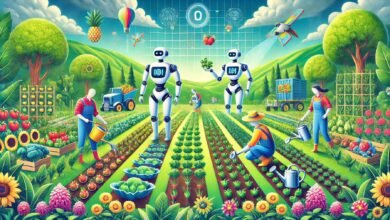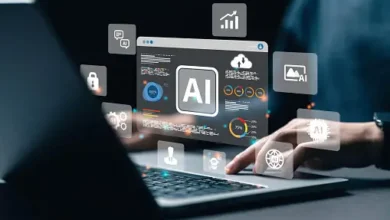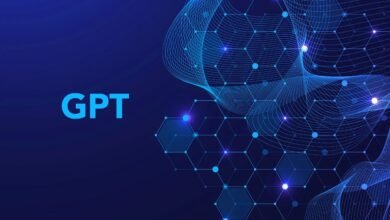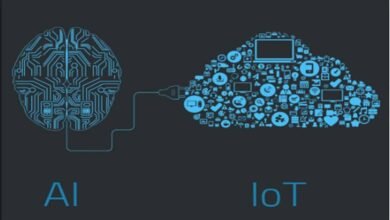Artificial Intelligence and IoT Predictions for 2024
The Internet of Things (IoT) and artificial intelligence (AI) are on the brink of fundamentally transforming industries, enhancing conventional operating models, and unlocking unprecedented efficiency.
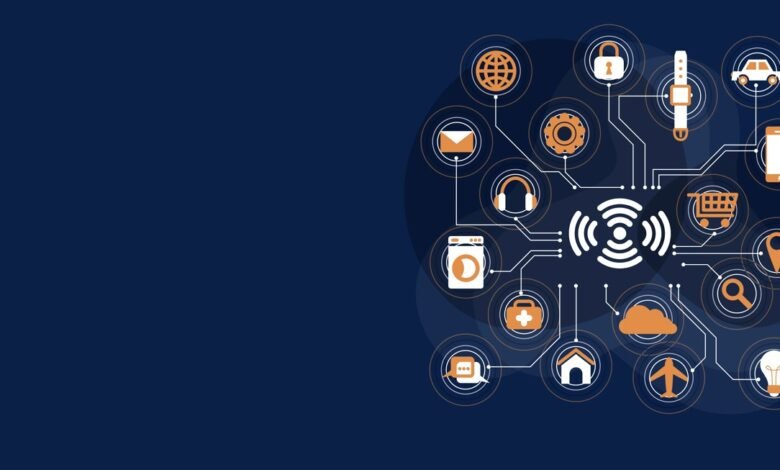
The Internet of Things (IoT) and artificial intelligence (AI) are on the brink of fundamentally transforming industries, enhancing conventional operating models, and unlocking unprecedented efficiency. Organizations are now in a position to invest in IoT connectivity at scale, as the market value is anticipated to reach $1.5 billion by 2032. As you develop your AI-enabled IoT adoption roadmap, keep these Artificial Intelligence and IoT Predictions for 2024 in mind.
(IoT): Extended Connectivity and Traceability
In 2024, there will be an increase in the number of companies that utilize third-party telemetry IoT data. For example, businesses such as FourKites and Project 44 aggregate a variety of data, including competitor data, temperature data, location services, and sensor data.
This offers customers a control center that is data driven and can be utilized for operational guidance, alerts, and visibility. More platform strategies in IoT will be revealed over the next 12 months, and these platforms will be able to provide more precise insights as a result of their capacity to triangulate data from multiple sources.
Generative AI is the subsequent phase of the adoption cycle in the context of IoT. IoT commences with connectivity, progresses to real-time data collection, transforms that data into prescriptive actions, and will eventually transform into GenAI, a state in which individuals will engage in full-on conversations with machines.
In anticipation of FSMA 204, which is scheduled to take effect in January 2026, food service organizations will prioritize the development of IoT-enabled traceability capabilities. Some enterprises will explore the realm of blockchain technology in response to the necessity for enhanced traceability.
Enhanced recordkeeping for production and supply chain conformance is required by FSMA 204, which is similar to DSCSA. Nevertheless, FSMA is more concerned with tracing at the farm level than at the production level. There will be an increase in the number of “handshakes” and collaborations between companies throughout the value chain.
AI: Moving Beyond the Hype
In 2024, GenAI will undergo a transition from excitement to disappointment in the Gartner hype cycle. GenAI advancements prompt prescriptive analytics engines to transition from standard operating procedures (SOPs) to task-specific, language-based optimization.
This process will commence in 2024; however, prescriptive analytics will not be entirely transitioned to GenAI until a significant amount of time has passed. It will continue to thrive in the areas of branding/merchandising and customer service interfaces.
Mathematical models advance, integrating with actual AI to improve forecasting, optimization, and pricing as traditional AI evolves.
Numerous retail, consumer packaged goods (CPG), and healthcare organizations are integrating these mathematical models into their applications, which they self-develop. In the next 5-10 years, there will be a shift in the adoption of technology toward best-of-breed solutions that are possessed, as opposed to those that are purchased.
In 2024, organizations will establish in-house capabilities by incorporating AI components to gain a competitive advantage. It is more prudent to develop in-house AI in order to gain a competitive advantage than to rely on off-the-shelf options that are available to others.
Over the course of decades, technology purchasing trends have undergone a transformation, transitioning from ERP to best-of-breed, platform, and ultimately, ownership.
Looking Forward
Despite the fact that it is impossible to predict the precise course of events for IoT and AI technologies in the years ahead, these predictions will be beneficial in establishing objectives for the adoption of new technologies. In the future, the figures of IoT and AI will remain prevalent.





